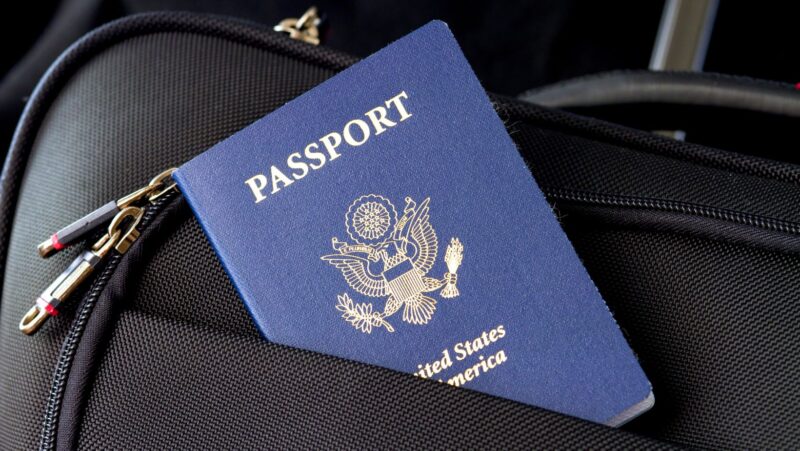
Walking the Inca Trail to Machu Picchu is an experience that goes far beyond hiking itself. Those who set foot on its ancient paths not only enjoy the stunning landscapes of the Andes but also connect with one of the most fascinating civilizations in history.
Each step becomes an encounter with the past, a reminder of the cultural greatness of the Inca Empire, and an opportunity to live an adventure that blends nature, history, and personal discovery.
The Cultural Value of Walking the Inca Trail
The Inca Trail is not just a path; it is a journey into the roots of a civilization that left a profound mark on South America. Walking along its stones, travelers tread the same footsteps once taken by Inca messengers and priests more than 500 years ago. The trail is lined with archaeological sites, hidden temples within the cloud forest, and natural viewpoints that invite reflection on the connection between humans and nature.
For those seeking full immersion, an excellent choice is the Classic Inca Trail to Machu Picchu 4 Days and 3 Nights, a route that has become synonymous with historical and cultural adventure. This trek, carefully regulated to preserve the environment, is the most renowned for perfectly combining physical effort with the reward of arriving at the mystical citadel at sunrise.
A Hiking Experience Like No Other
Each day on the Inca Trail reveals unique landscapes, as the route crosses different ecological zones ranging from Andean valleys to high jungle. While the first stretches feature imposing, snow-capped mountains that seem to touch the sky, the descents lead into mist-covered forests and tropical flora that fill the path with color.
Along the way, travelers encounter sites such as Wiñay Wayna, an agricultural complex that showcases Inca expertise in terrace farming and irrigation systems. Further ahead, the Sun Gate or Inti Punku becomes the ultimate highlight, as it offers the first breathtaking view of Machu Picchu bathed in morning light.
The Appeal of a World Heritage Route
It is important to remember that UNESCO declared the Historic Sanctuary of Machu Picchu a World Heritage Site in 1983, underscoring the need to protect both the citadel and the trails leading to it. As a result, the route has a limited number of daily permits, ensuring environmental preservation and offering hikers a more authentic and less crowded experience.
Those who manage to secure a permit understand the privilege of joining a select group with the opportunity to walk one of the most iconic trails on the planet. For this reason, planning ahead is essential, as permits often sell out several months in advance.
Nature and Adventure in Perfect Harmony
Beyond its historical significance, the Inca Trail is a natural spectacle in its own right. The biodiversity along the route is astonishing, with unique orchids, endemic birds, and brightly colored butterflies accompanying travelers throughout the hike. Likewise, the changes in altitude create a physical challenge that transforms the trek into an unforgettable outdoor adventure.

In this sense, hikers must be prepared for steep ascents, mountain passes that rise above 4,000 meters (13,000 feet), and descents that test endurance. However, the effort is rewarded with panoramic views that remain etched in memory forever.
Tips to Make the Most of the Experience
To fully enjoy the Inca Trail, good physical condition is essential, as daily hikes often exceed six hours. Likewise, it is important to have the proper gear, including sturdy hiking boots, clothing adaptable to sudden weather changes, and a light backpack with the essentials.
It is also highly recommended to spend a few days acclimatizing in Cusco or the Sacred Valley so that the body adjusts to the altitude, reducing the risk of altitude sickness. Staying hydrated and trying local infusions such as coca tea can also help improve stamina.












